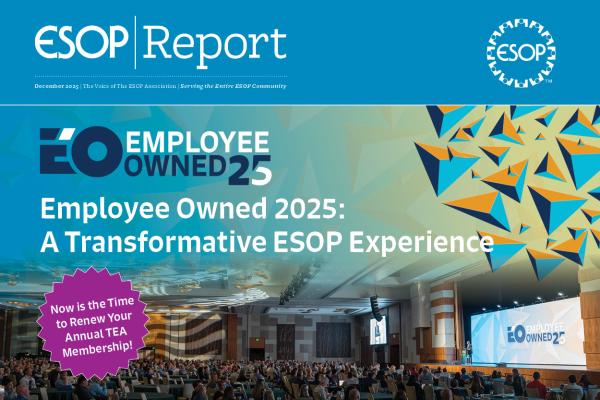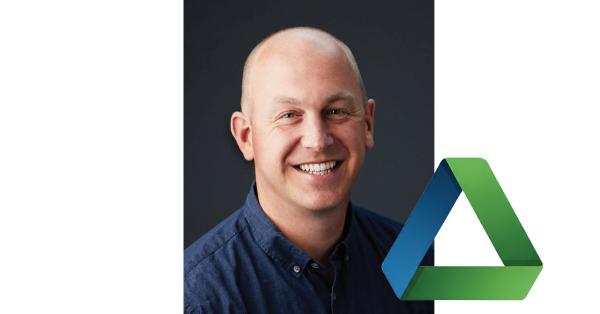Nearly five decades ago, The ESOP Association was created to defend and grow Employee Stock Ownership Plans. Since that time, TEA has been the leading voice on public policy in Washington on behalf of ESOPs and continues to be the only comprehensive national association representing all ESOP companies, ESOP plan beneficiaries, and professional service providers.
Our membership includes nearly 3500 ESOP companies and professional service providers. But our most important constituency is the millions of employee owners who hold a stake in their employer through an ESOP. Our first and foremost obligation is to make sure they are protected, their ESOP does not become vulnerable as a result of changes in policy, and the legacy of our ESOP founders is preserved.
I have been asked by the supporters of “Expanding ESOPs” why I oppose their efforts. Let me respond. As with most policy discussions, there are always nuggets of common agreement about problems, but the challenge comes in finding solutions. Our leaders and I have carefully examined and evaluated what is being proposed by this group; consulted with outside experts in the finance, M & A, and retirement security fields; weighed what it means and could mean for our existing ESOPs and future public policy; and concluded that these proposed plans are neither ESOPs nor in the interest of our membership of ESOP companies and employee owners. The cleverly named “Expanding ESOPs” is taking significant liberties with what it means to be an ESOP, generating political and policy risk, and could eventually subsume the most successful form of Employee Ownership in the world - our ESOP companies.
I also want to be clear as well about the Expanding ESOPs plan. We anticipate the supporters of Expanding ESOPs to respond to this publication and our views with “That’s not our plan. We have something different now.” It’s a clever sidestep but takes advantage of the trusting character of our entire community. I would ask in return, “If your plans have changed from what you shared with us, and others around Washington, then what are the new plans? How are those new plans materially different in their core parts? And why are you asking employee owners, ESOPs and professionals to sign up and endorse a plan that has not been subjected to public scrutiny?”
TEA considers itself a steward of the good name ESOPs have worked hard to build. We don’t view a system that is paying out more than $160 billion in wealth to employee owners each and every year as a failed or outdated system as Expanding ESOPs portrays on its website, videos, and in its communications. We don’t view the $1.7 trillion in wealth currently held by ESOPs as a failure, or insubstantial. Are there improvements to be made, or changes to policy that could be adopted to revitalize the incentive system for ESOPs? Absolutely. But that does not justify the creation of something entirely new that would be available only to a super-class of wealthy investor firms and labeling it as an ESOP.
Within this publication, our readers will likely see the details and contrary analysis of these new “ESOP” proposals for the first time. It is troubling that the substantive effects or even the unintended consequences of these proposals have not been more widely considered. But, as the bandwagon effect seems to be gaining steam, the time has come to more forcefully protect our employee owners and the very fundamentals of what it means to be an ESOP in America.
We encourage anyone who may be asked to sign up in support of the group Expanding ESOPs to ask for their specific plans before agreeing to lend an endorsement. And if they can’t give you one, then what are they asking you to support? And if you are concerned, as we are, about the dangers to your ESOP, then ask their supporters what they are supporting. Ask what, exactly, do they want Congress to call an ESOP? Ask who gets what benefits, and what rules and employee protections will be waived? Ask what they will do if it proves, as we believe, to be a massive risk to our existing form of ESOP.
Ownership Works has a goal to create “$20 billion in wealth in 10 years” through an entity that is not real employee ownership, while ESOPs have created $26 billion dollars in irrevocable wealth in just two months.







